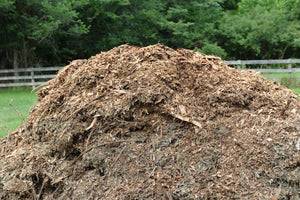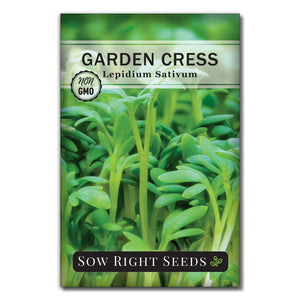10 Fun and Easy Garden Science Experiments for Kids
Kids in the gardenSimple garden experiments are a fun way to engage kids in science. Kids have tons of questions about why and how, and gardening has lots of hands-on opportunities for exploration. There are as many science experiments as kids have questions.

These are some of our favorite fun and easy experiments to engage curious young minds. Who knows? You might find inspiration for your next science fair project right in your own garden.
Science Experiments You Can Do in the Garden
Squash Shapes
Can you force a squash to be a different shape? If you have squash or cucumbers growing in your garden, you can try this experiment right away. Use a sock or pantyhose to hold a squash (or cucumber). Experiment with letting it hang or being compressed. Does it change the shape? What happens if you put a rubber band around the middle? Does it change the way the seed cavity forms?
How fast do seeds sprout?
Place seeds in glass jars. Fill with soil or paper towels, and make sure the seeds are up against the glass. Keep the soil or paper moist. You will be able to watch the seeds sprout, and the roots grow. Take notes on what was planted and when and see what seeds sprout the quickest. To add a layer of complexity, you can experiment with temperature. Can they sprout in the fridge? What about next to the air conditioner vs. a warm window?
What makes a carved pumpkin last longer?
After you’ve gone through all that labor to carve a creative pumpkin, you want it to last long enough to enjoy. There are several ways to combat the mold that will inevitably grow. Turn it into a fun science experiment by taking pictures, having a control, and recording the results of the various methods. Some methods to try are bleach, vinegar, petroleum jelly, and storing it in the fridge overnight.
Do plants know where the sun is?
Take two young plants in separate pots and tip one on its side. Cover another with a piece of heavy card stock. Take note. How do the plants respond? Do they continue to grow vertically? Do they bend towards the source of light? Another variation - use a grow lamp. Change the location of the light and see if the plants grow towards it.
Cut more. Grow More.
Does pinching off the top or harvesting often make more flowers grow? Does it help the plant grow more shoots off the side? Zinnias and marigolds work well for this experiment. Have two plants of the same variety. One that you don’t pinch or harvest and one that you do. Take pictures and record how many blooms they grow.

Butterflies, bees, and beneficial friends.
Sometimes the most important part of science is recording observations. This type of information can be used in lots of ways. With their own special gardening notebook, kids can take notes on temperature, weather, what is blooming, and what visitors land in the garden. What hypotheses can you make from your record? Do more butterflies land on Black-eyed Susan than on Echinacea?
How fast does it drain?
Find out for yourself why soil matters. Place different soils, such as potting mix, sand, and heavy clay soil in individual pots. Measure out the same amount of water in each pot. Record how fast they drain. If you catch the water that drains out, you can measure that as well. Also, note how fast they dry out over a few days of not watering.
Ethylene Gas and Tomatoes
Ethylene gas is what makes a tomato turn red. A tomato produces this on its own and as the tomato grows on the plant, the ethylene develops slowly. Is there a way to speed up the ripening process? Try this experiment and see if it affects the taste as well. Place green tomatoes in paper bags. Check each day to see how fast they turn red. Try adding a banana to one bag. Does the tomato ripen any faster? You can compare bag to bag and bag to vine. How does the flavor compare to one left to ripen on the vine?
Cross-pollination
Bees and nature usually do the pollinating for us. But what if you want to create a new variety? Try taking zucchini and cross-pollinating with yellow squash. What do you get? How does it taste?
Reference: Home vegetable garden techniques: Hand pollination of squash and corn in small gardens
Quick Flower Color Change
This ever-popular color-changing experiment is fun and easy to impress preschoolers. Use white flowers like carnations or daisies. Add 1 oz of food coloring and 1 tsp of sugar to 2 cups of warm water. Place cut flowers in a vase with water and see how fast they change color as the vascular system moves the water up the stem. A variation of this experiment is to cut the bottom of the stem in two and place each end in a different color of water.
Exploring science in the garden can be fun at any age. Growing brains love growing gardens!
Written by Teresa Chandler








Leave a comment